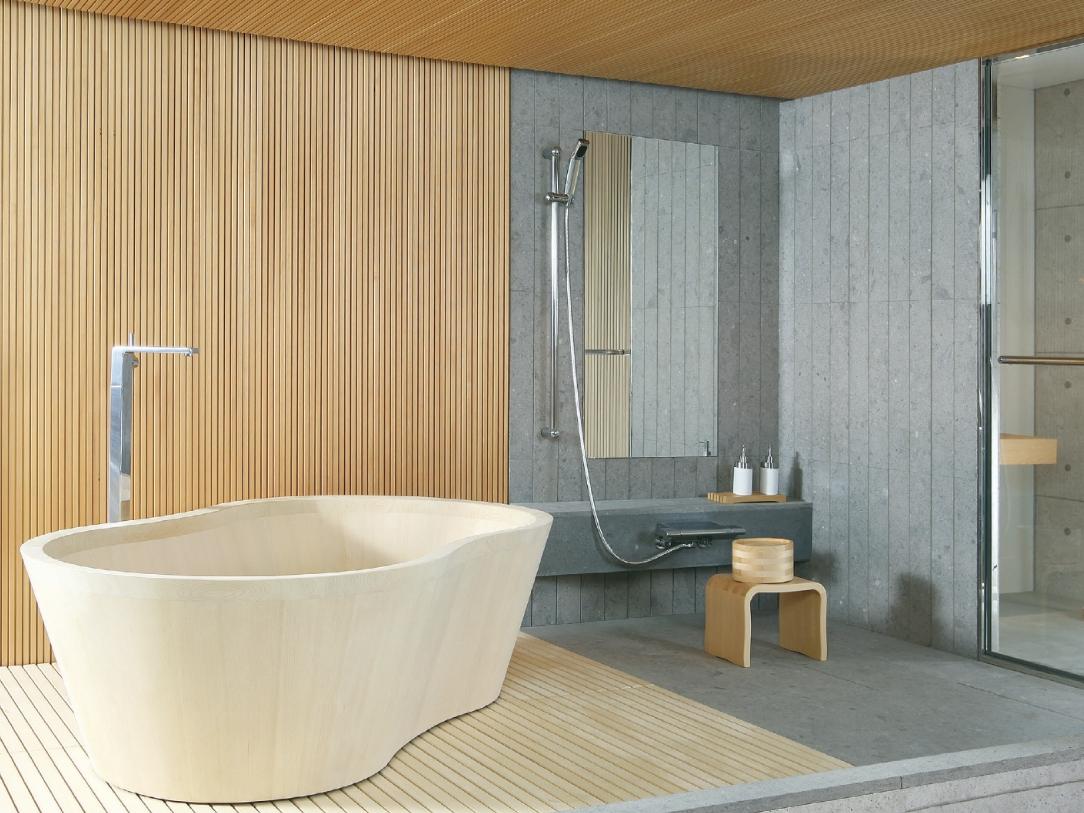The bathroom is a space that requires materials that are not only aesthetically pleasing but also durable, water-resistant, and easy to maintain. In recent years, Fiber Reinforced Plastic (FRP) has emerged as a promising material for various bathroom products, offering a range of advantages that make it an attractive option for manufacturers and consumers alike. This article explores the application prospects of FRP in bathroom products, highlighting its benefits and potential future developments.
FRP is a composite material made from a polymer matrix reinforced with fibers, typically glass or carbon. This combination results in a lightweight yet strong material that can withstand the rigors of a bathroom environment. One of the most significant advantages of FRP is its excellent resistance to moisture and corrosion, making it ideal for use in areas that are frequently exposed to water. Traditional materials like wood and metal can deteriorate over time due to humidity and water exposure, but FRP maintains its integrity, ensuring longevity and reducing the need for frequent replacements.
In terms of application, FRP is increasingly being used in a variety of bathroom products, including shower stalls, bathtubs, sinks, and wall panels. The versatility of FRP allows for innovative designs that can cater to different consumer preferences. For instance, manufacturers can create seamless shower enclosures that not only enhance the aesthetic appeal of a bathroom but also eliminate the risk of mold and mildew that often accompanies grout lines in traditional tile installations.
Another significant advantage of FRP is its ease of maintenance. Bathroom products made from FRP can be easily cleaned with standard household cleaners, and their non-porous surface prevents the buildup of bacteria and stains. This feature is particularly appealing to consumers who prioritize hygiene and cleanliness in their living spaces. As the demand for low-maintenance products continues to rise, FRP is well-positioned to meet these consumer needs.
Moreover, the lightweight nature of FRP makes it easier to handle and install compared to heavier materials. This can lead to reduced shipping costs and labor expenses during installation, making FRP products more cost-effective in the long run. As the construction and renovation industries increasingly seek materials that streamline processes and reduce costs, FRP stands out as a viable option.
The application prospects of FRP in bathroom products are further enhanced by advancements in technology. Innovations in manufacturing processes, such as improved molding techniques and the development of new resin formulations, are expanding the capabilities of FRP. These advancements allow for greater customization, enabling manufacturers to produce unique designs and finishes that cater to diverse consumer tastes.
Sustainability is another critical factor driving the adoption of FRP in bathroom products. As consumers become more environmentally conscious, there is a growing demand for materials that are not only durable but also sustainable. Many FRP products can be designed to be recyclable, and the production processes can be optimized to reduce waste and energy consumption. This aligns with the broader trend of sustainable living, making FRP an appealing choice for eco-conscious consumers.
In conclusion, the application prospects of FRP in bathroom products are vast and promising. With its durability, moisture resistance, ease of maintenance, and potential for innovative designs, FRP is poised to become a staple in modern bathroom solutions. As technology continues to advance and sustainability becomes a priority, the future of FRP in the bathroom industry looks bright, offering exciting opportunities for manufacturers and consumers alike.
Post time: Nov-18-2024




